As someone with both feet firmly planted in both the iOS and Android camps, I’ve always wanted Google to release some headphones to rival the AirPods. The first generation Pixel Buds simply weren’t it thanks to the cable that still connected both earbuds. But when the rumblings began getting louder about a truly-wireless set of headphones from Google, I sat on the edge of my seat. Then after being announced, and finally put up for pre-order, I gave the Big G my credit card info.
Overview
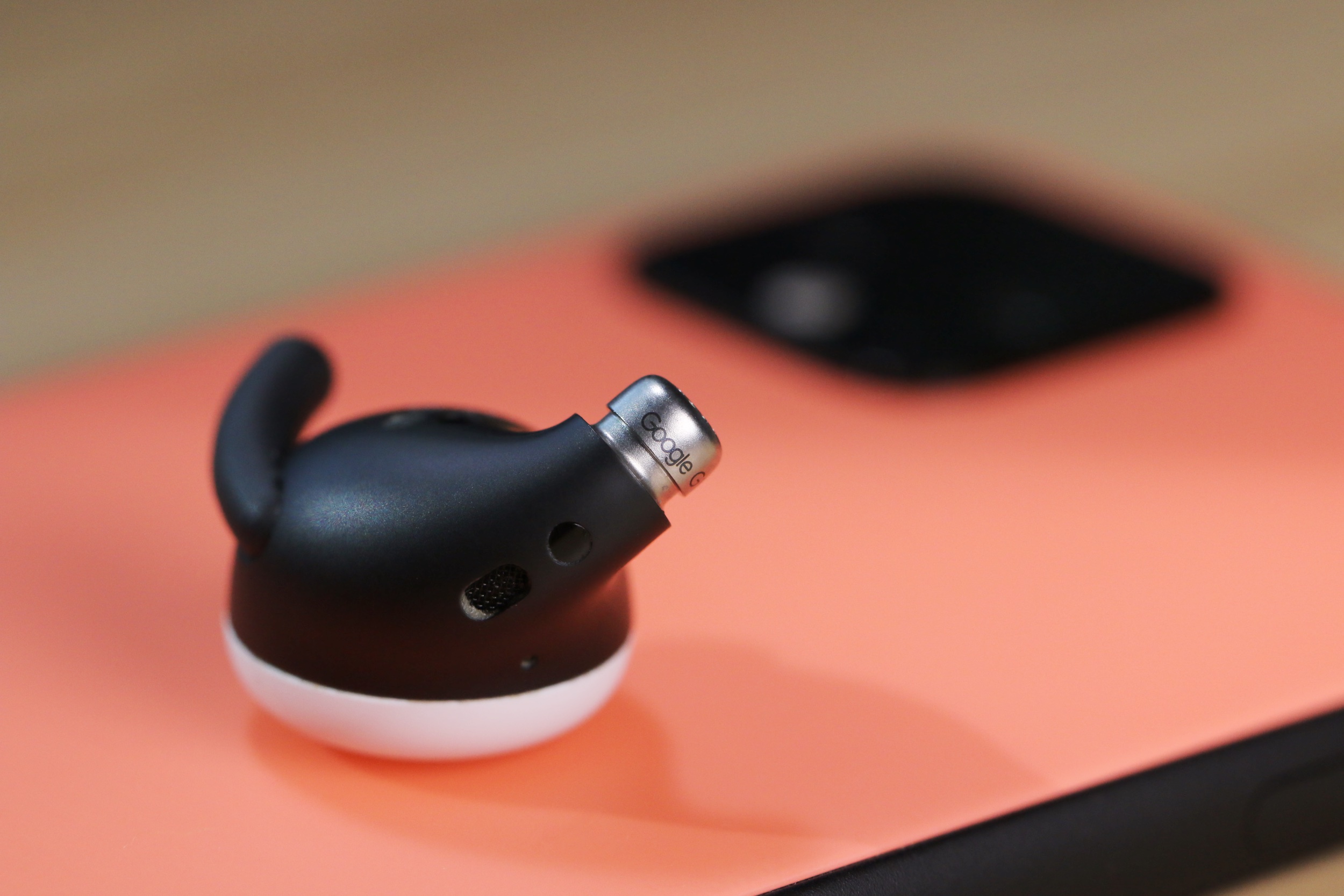
Pixel Buds specs
- 12mm dynamic speaker drive
- Spatial vent for pressure reduction and spatial awareness
- IPX4 Sweat and water-resistant
- Bluetooth 5.0
- Dual beam-forming microphones and voice detecting accelerometer
- Battery: Up to 5 hours of listening time, 2.5 hours of talk time, up to 24 hours of listening time with case
- Wireless charging case
- Capacitive touch sensor on each earbud
- Dual-IR proximity sensors for in-ear detection
- Motion-detecting accelerometer and gyroscope
Google packed a lot of nifty and useful features into the new Pixel Buds, while seemingly learning from its mistakes, along with the mistakes of the competition. At least for the most part. We’ll touch more on this later in the review, but the gestures make it easy to control your media playback, and the pairing experience is exactly what the doctor ordered.
Inside the box, you’ll find the Pixel Buds, housed in the charging case, along with some documentation from Google and a USB-C to USB-A charging cable. Why Google didn’t just provide the same USB-C cable found with the Pixel lineup, is still somewhat baffling to me.

As for pricing, you may have been a bit surprised to see the $179 price tag, simply because you won’t find noise cancellation on board. However, compared to the AirPods 2 with wireless charging case ($199 retail, but usually on sale for less), the Pixel Buds actually match up quite nicely. In fact, here is a quick list of other headphones with a similar feature set.
Nonetheless, let’s take a deeper dive to see if these really are the AirPods for Android.
Design
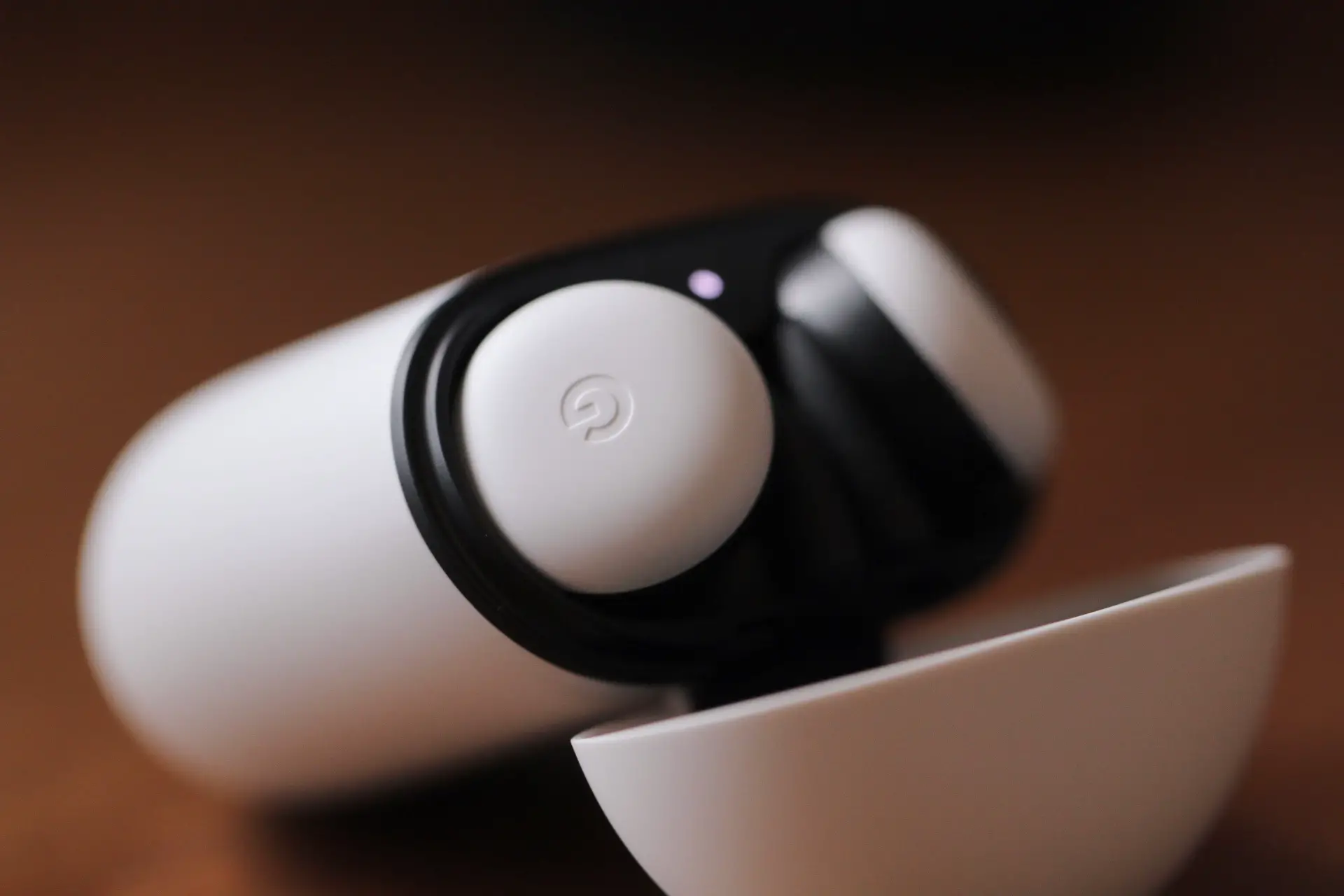
Upon unboxing the Buds, you are greeted with a gorgeous and pleasant egg-shell staring back at you, that is likely made from the same material found on the back of the Pixel 4 lineup.
The case, with Buds docked, feels on par with the likes of the AirPods Pro and is a bit heavier than the standard AirPods. But seriously the case is amazing, and you can even balance it to stand upright thanks to the USB-C charging port placed on the bottom.
On the back, you find a single button, which allows you to put the Pixel Buds into pairing mode, and that’s all you’ll find. No branding, no obnoxious logos, or FCC information, just a plain and soft-white home for your new Buds.
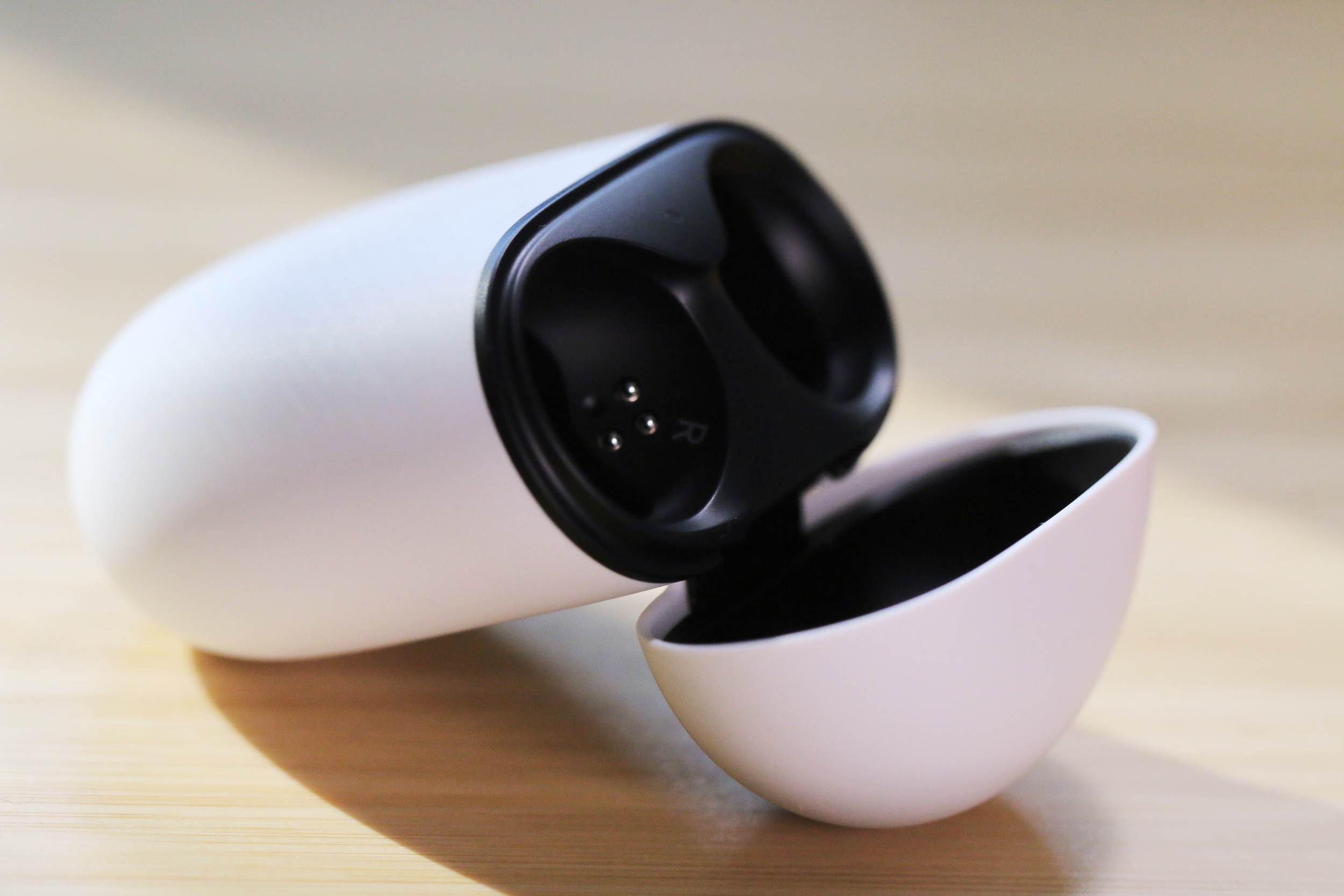
As for that pairing mode, once activated, there’s an LED light embedded on the front of the case to give you an idea of how much battery is left. This will change from Solid White to Blinking or Solid Orange, depending on how much juice is left in the case itself.
When opening the lid, the Buds themselves are nestled neatly in their corresponding charging slots. There’s another LED indicator light, which gives you a slight idea of whether your Buds are charged up or not. This inner LED will also let you know if your Buds are in pairing mode or if one is not properly seated against the charging pins.
Taking the Buds out and you’ll notice some ear-tip wings attached, along with some plain-jane rubber ear tips. The Medium size tips are already installed, but Google also includes the Small and Large ear tips in the box if you want to switch them out.
Connectivity and features
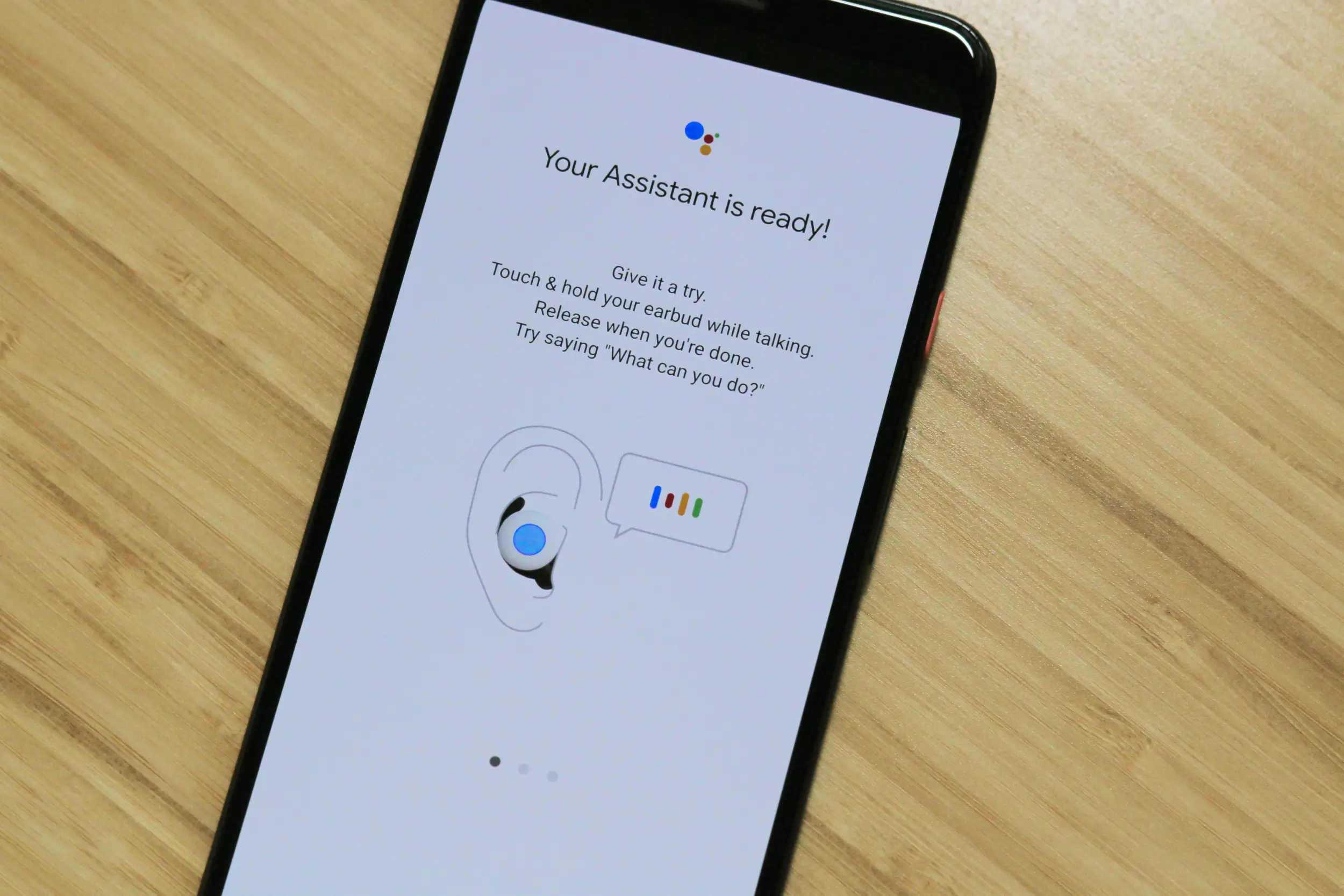
When you first take the Pixel Buds out of the box, open the lid of the case, wait a moment or two, and a pop-up will appear allowing you to get the process started. Pairing the Pixel Buds with a Pixel is almost exactly the same process as pairing AirPods with an iPhone.
The initial setup includes activating up Google Assistant Voice Match (just like every device with Google Assistant), along with a quick walkthrough of the various gestures. Speaking of those gestures here’s what you can do:
- Swipe forward – Turns volume up
- Swipe back – Turns volume down
- Double Tap – Skip current track
- Triple Tap – Goes to the last track or starts current track from the beginning
- Single tap – Play / Pause
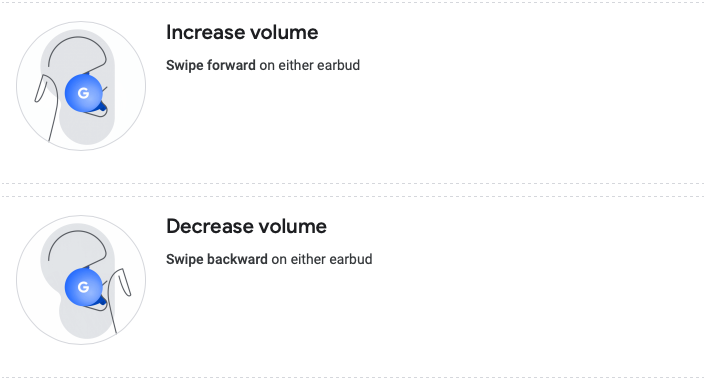
With Google Assistant in your ear, it’s clear that Google is looking at the Buds to be an extension of your phone, rather than just another accessory. This is evidenced by the Spoken Notifications functionality, which lets you pick and choose which apps can read back notifications AS they come in. Having this is fantastic, provided that you are not in a group chat that can go through periods of feverish and rapid responses.
While Google allows you to set up Spoken Notifications during the initial setup, you can go back later and adjust them. There’s a Pixel Buds app available on the Play Store, which provides a plethora of options including Touch Controls, activating Adaptive Sound, In-ear detection, along with giving you the ability to ring the Pixel Buds if you can’t find them and more.
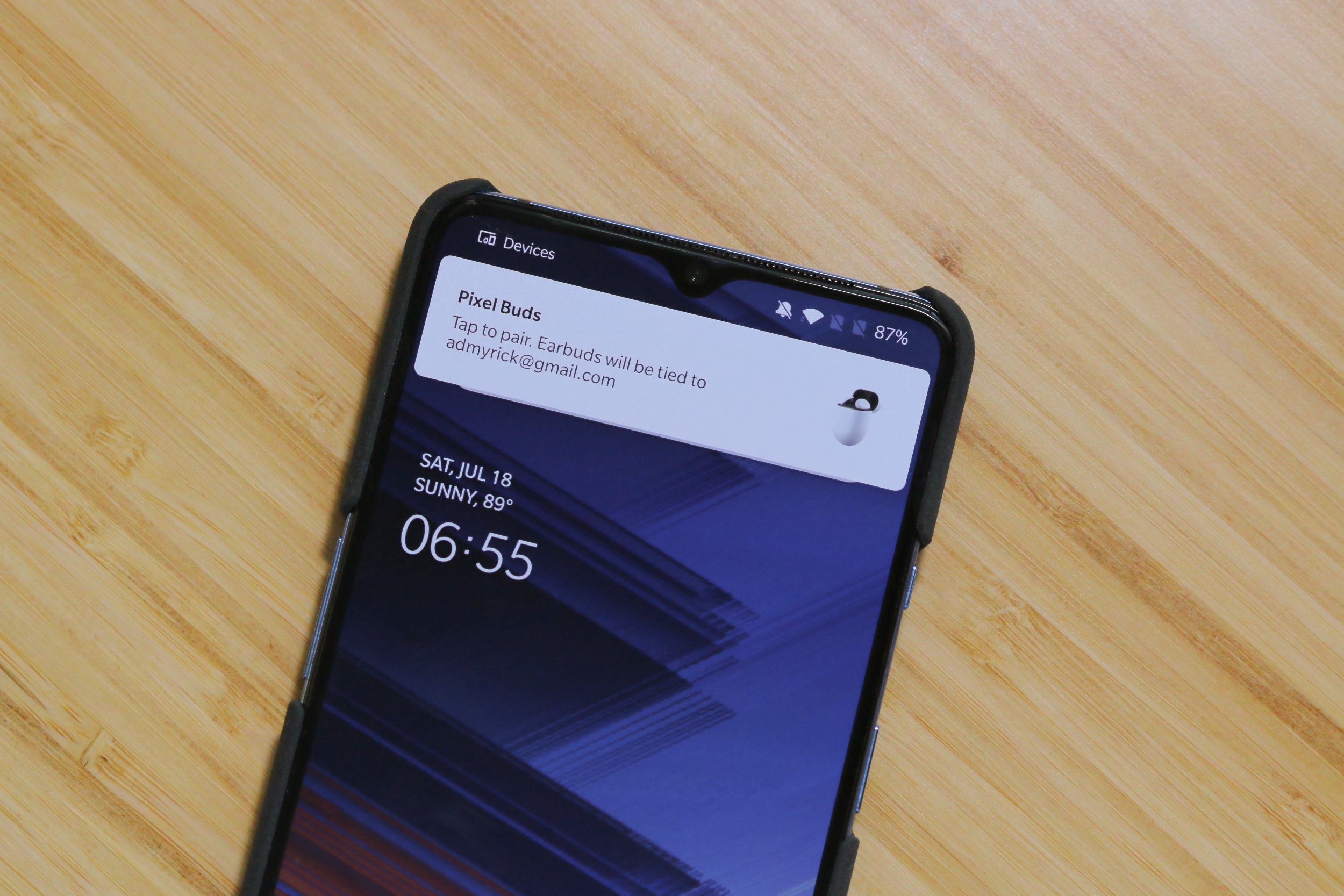
One more thing to make note of is when/if you switch between Android devices. Since the Pixel Buds are tied to your Google account, that means they are available to use across any other compatible Android devices. Rocking a Pixel 4 and Galaxy S20? Open the case, unlock the Galaxy S20, and tap the notification to pair them. No need to go through the Bluetooth menu. Simply put the Buds into pairing mode, and wait for your phone to recognize them. This is really a great feature, especially if you hop between devices.
Battery life
When it comes to these truly-wireless earbuds that have flooded the market, perhaps the most important aspect is the battery life. Let’s get started by giving you what Google claims the Pixel Buds will provide — 5 hours of listening time, and up to 2.5 hours of talk time. Pair that with the charging case, and you should get up to 24 hours of listening time and 12 hours for talk.
During my first “battery test” with the Pixel Buds, it was kind of a mixed bag. After ensuring they were completely charged up, here’s how the first session played out:
- 3:30 PM paired and started listening to music
- Turned on Spotify and listened to a few bass-heavy playlists
- Ear Fatigue started around the 3-hour mark
- Pixel Buds officially turned themselves off at 7:52 PM.
That brings the listening time to around 4.5 hours from start to finish, which is a pretty solid first go-round. The ear fatigue was the biggest issue, but that was only after already listening to the Buds for three hours. At that point, you just kind of forget about it and just keep going, especially if you’re busy.
For this review, I decided to put the battery through its paces again, and here were the results:
- Opened the case and started listening with 100% battery at 9:03 AM.
- Turned on Spotify, and listened to some more bass-heavy music, along with taking a few calls
- Pixel Buds turned themselves off at 12:47 PM.
- Placed the Buds in the case at 12:47 PM and they were re-charged to 100% by 1:48 PM.
All-in-all that’s a little less than 4 hours, and I was disappointed when they ran out of juice. I’m not sure if this is related to recent updates or the fact that I also took a few phone calls during that time frame. But The Pixel Buds do a great job of letting you know when the end is near, providing unique notification sounds, along with popping up a notification on your phone.
Audio Quality
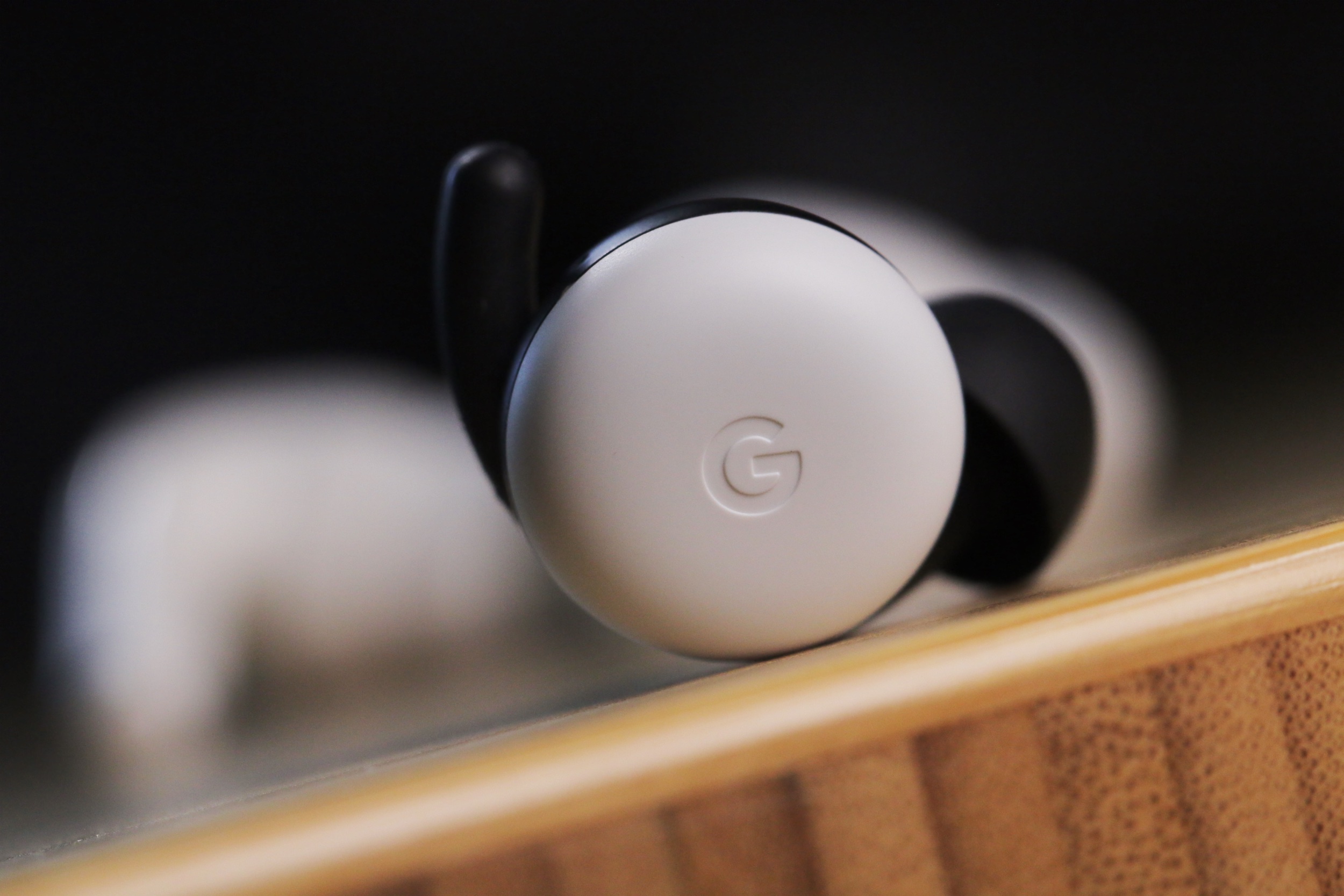
I won’t spend too much time here as I’m by no means an audiophile. I just really enjoy headphones of all shapes and sizes, especially Bluetooth options and this truly-wireless trend we are currently in.
The sound range seemed to be pretty solid, with the highs being high-enough without hurting, and the lows being low-enough without sounding like Beats. The problem that I have here is the inability to adjust the EQ levels from the Pixel Buds app.
Google packed in features and options for just about every other setting you can think of, with the exception of EQ. You can try to take advantage of Spotify’s built-in EQ, but that won’t work for everyone. I’m really hoping that Google fixes this in the future and brings Buds owners some type of controls.
There is one “sound” feature that Google built-into the Pixel Buds and that’s Adaptive Sound. This is intended to automatically optimize the volume of your media based on the noise level of your environment. However, it really didn’t seem to do too much, regardless of what kind of situation I was in.
Pitfalls and frustrations
Even when looking through my Google-colored glasses, it’s not difficult to find frustrations that you have to deal with. Notably, we wish the battery life was a bit better, especially if you use the Buds to make phone calls throughout your usage. 5 hours is just fine, but phone calls throw that number out the window, so you never really know what’s going to be left.
Another frustration is when it comes to updating the firmware for these. The update is supposed to automatically download and install after the Buds are placed in the charging case. However, we have run into a few issues with trying to get these properly updated, until it just “magically” happened a few days later. Maybe make the process easier and allow us to force the update to get pushed through.
Finally, I wish there were some EQ controls built-in. Yes, you can download another app or use what’s available in your music player, but that only works for your music player. Being able to create and customize sound profiles for everything would be amazing, so I’m holding out hope for that in the future.
Final thoughts
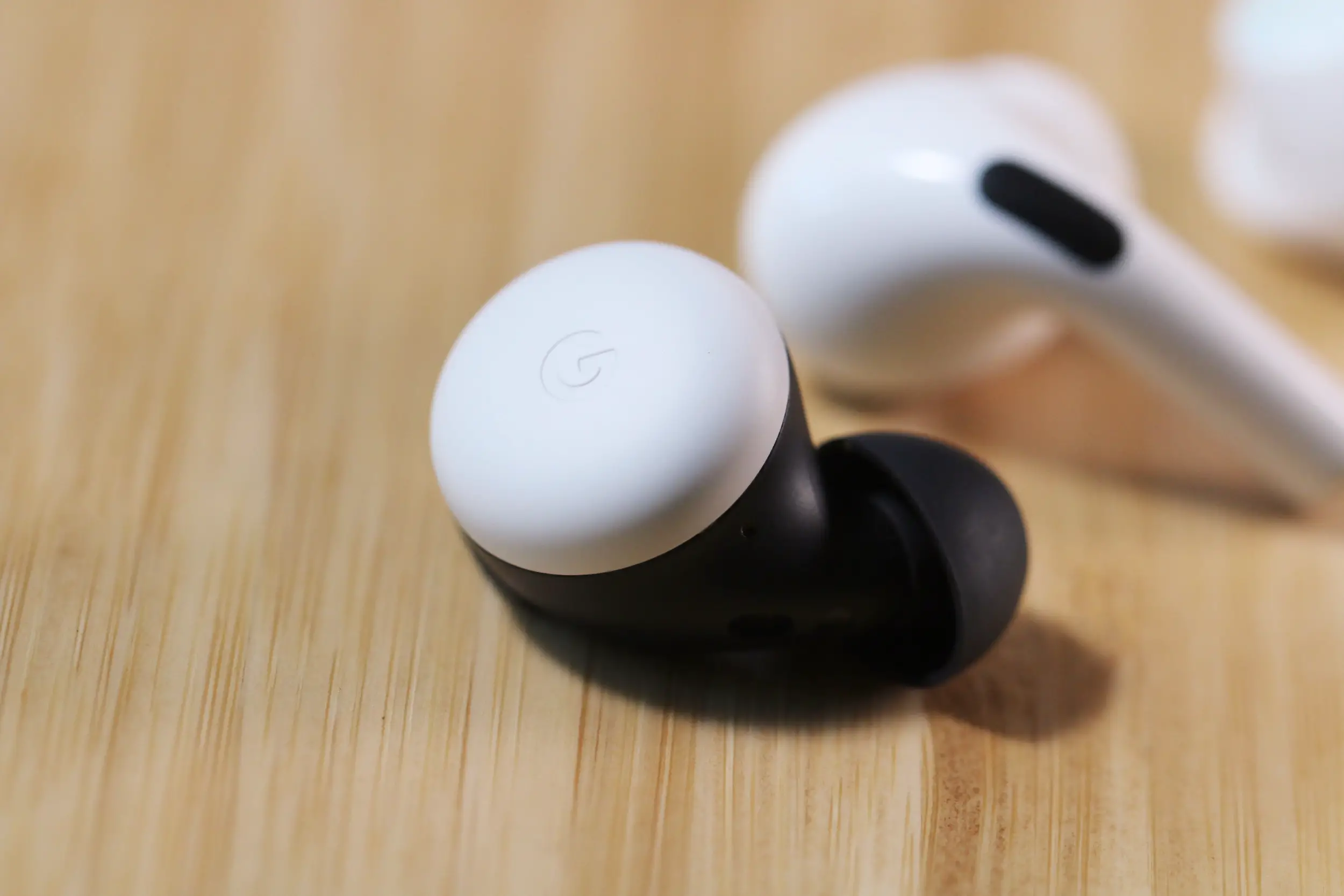
Despite the lack of Noise Cancellation, EQ controls, and the frustration of trying to update, the Pixel Buds are exactly what I wanted from Google. Instead of trying to compare them to the AirPods Pro all the time (which are incredible), the Pixel Buds are more comparable to the AirPods 2. If you’re int he market for a new pair of truly-wireless headphones and aren’t sure where to go, you won’t be disappointed with these.
Google Pixel Buds
Rating: star_fullstar_fullstar_fullstar_fullstar_empty (4.3/5)
The Good
- Extremely comfortable to wear
- Wireless or wired charging
- Gesture controls are a breeze to use and activate
- Interacting with Google Assistant is simple
The Bad
- No Active Noise Cancellation
- Updating software can be a pain
- Battery life could be better
The Bottom Line
The Pixel Buds are so good that you can forget the first generation even existed.






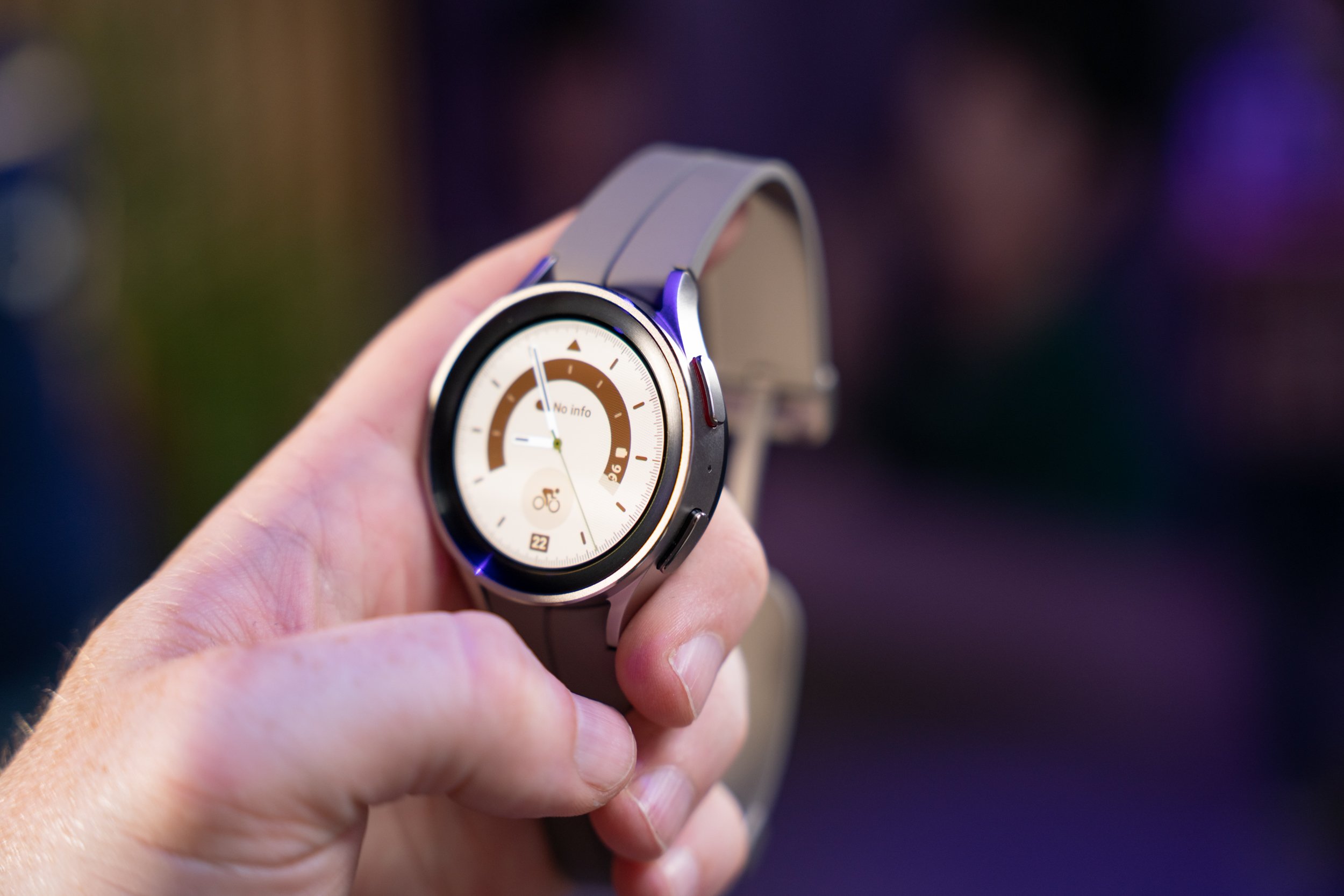




Comments